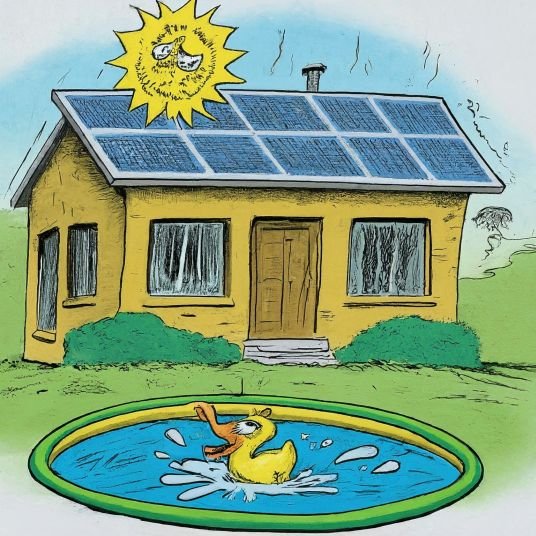Our love affair with solar power has birthed an unexpected challenge – the “duck curve.” As solar panels become more affordable, midday electricity production soars, but demand remains low. This creates a graph resembling a duck: a midday peak followed by a sharp decline as the sun sets and evening demand surges.
The problem? Traditional grid-tie solar systems can’t store excess midday power, leaving utilities scrambling to meet the evening demand spike. This “duck diet” requires them to ramp up production from other sources, negating some of solar’s environmental benefits.
The current grid-tie model is like dumping your trash on a neighbor – great for you, but unsustainable for the system. Utilities are starting to curb incentives for overproduction, leaving homeowners with a choice: add battery storage or lose financial rewards.
But what about charging electric vehicles (EVs) with midday solar? The timing is tricky. Driving home at 7 pm to plug into the grid defeats the purpose. Similarly, spending a fortune on batteries just to transfer power to your car seems wasteful.
So, what’s the solution? The ideal scenario: charge your EV at work under a solar carport, maximizing solar use. This requires creative thinking and learning from countries that have embraced EVs successfully.
The bottom line: solar’s success hinges on our ability to adapt. Embracing battery storage and smart charging strategies are crucial to prevent the “duck” from becoming a system-breaking “goose.”
Reference- Forbes, Wikipedia, CNET, Quora, Clean Technica, Futurism
